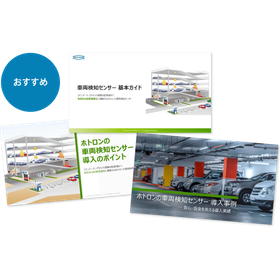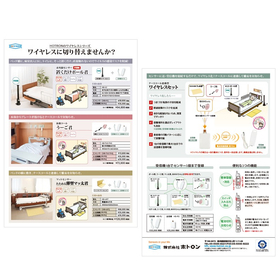The fusion of antenna sensors and lighting is realized by low-dielectric fine foamed resin materials.
- In the era of high-speed communication and IoT, a large number of antenna devices and sensors are introduced, which can detract from the urban landscape.
- By utilizing ultra-fine foamed resin (MCP) with excellent radio wave permeability, light reflectivity, and light diffusion as a reflector for lighting, and placing a wireless substrate behind it, we can develop lighting that integrates antennas and sensors, thereby improving the urban landscape.
【Features of Ultra-Fine Foamed Resin Material (MCP)】
1. By foaming low-dielectric resin materials, the material's relative permittivity (Dk) and dielectric loss tangent (Df) decrease, leading to further improvement in radio wave permeability. In particular, our proprietary ultra-fine foamed resin (MCP) can form bubbles on the micrometer scale, achieving good radio wave permeability even for high-frequency waves.
2. Foaming reduces the material density, resulting in lightweight materials.
3. In foamed resin materials, light is reflected at the interface between the resin and the bubbles. Particularly in our proprietary ultra-fine foamed resin (MCP), by minimizing the bubble diameter, light reflection is repeated near the material surface, suppressing light transmission into the material and demonstrating excellent light reflectivity. It shows high reflectivity not only in the visible light range but also in the infrared range.
4. Ultra-fine foamed resin (MCP) has excellent processability, allowing for molding and cutting from sheet forms.


Inquiry about this news
Contact Us OnlineMore Details & Registration
Details & Registration








